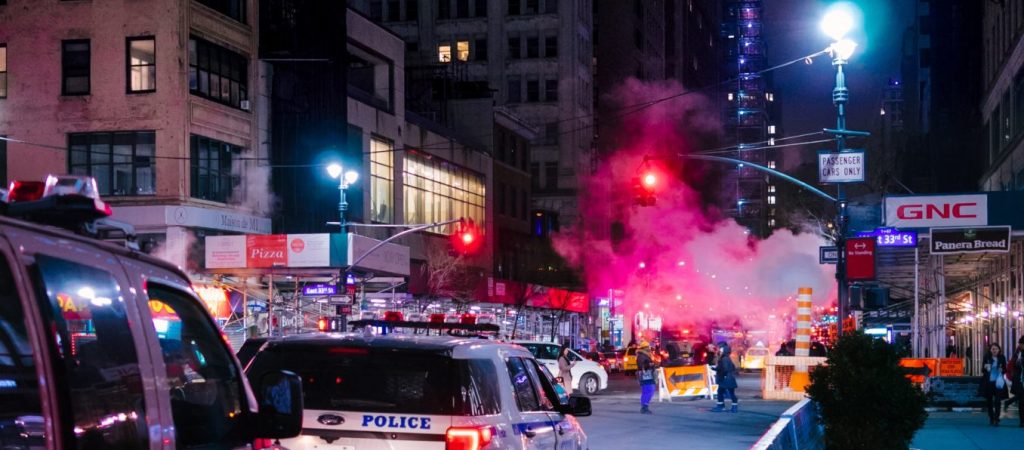Some Tupac Shakur Dynamics

A significant amount of politics are involved in the entertainment industry. (photo/ M. Modica)
By Official Pausetape Staff
July 21, 2021.
Updated February 27, 2025.
One of the most polarizing figures of the twentieth century is Tupac Shakur. That is not an over exaggeration, when Shakur’s significance to the Black Panther Party for Self Defense is factored into that statement. Some say that Pac was quiet and introspective, while others describe him as boisterous, bold, and driven. The complete answer might rest in the fact that Tupac represented different aspects of life at different times. The common denominator was the love that he had for his people.
At first glance, the imagery surrounding Tupac’s aura seems nothing like a typical inner-city child. Look closer and we see someone whose destiny was actively unfolding like thousand’s of children’s would, long before his life had even begun. While the media watched, and his life metamorphosed right before the public’s eyes. Ward Churchill is one of the foremost experts on U.S. Federal Bureau of Intelligence surveillance activity in the world. The book, The COINTELPRO Papers: Documents from the FBI’s Secret Wars Against Dissent in the United States, 2nd Edition (2001), by Ward Churchill and Jim Vander Wall is part of a book series that details the aims and methods used by the FBI’s COINTELPRO program.
Churchill’s research is the standard blueprint for most books that address what is widely now known about COINTELPRO. In order to really comprehend who Tupac was, and what his roots were, read the book, The FBI War on Tupac Shakur and Black Leaders: U.S. Intelligence’s Murderous Targeting of Tupac, MLK, Malcolm, Panthers, Hendrix, Marley, Rappers and Linked Ethnic Leftists, by John Potash and Fred Hampton, Jr. It is simple to see why Tupac Shakur would be under FBI surveillance his whole life. At the same time, it is easy to forget that he was probably watched as much as any other ‘black’ figure in recent U.S. history. John Potash explained how, “The U.S. Intelligence targeting of Tupac Shakur and the esteemed Shakur family provide a window into intelligence targeting of leftist black leaders from 1965-2005.” It is easy to overlook who his biological relatives were, and how they were constantly monitored by law enforcement agencies around the world.
In the U.S., key words and ideologies set off alarms. Any organization that is thought to represent anti-capitalist leanings is considered a threat to U.S. interests. Journalist John Potash further states how, “The Shakurs worked in many legitimate radical political organizations in the ’60s, from Malcolm X’s OAAU to the socialist Black Panther Party.” Long before Tupac became a recording artist, his family was firmly planted in the grassroots segment of the ‘black’ community. It is clear that they worked to change their people’s plight for much of their lives.
People overlook the history that Afeni Shakur has in New York City, as a part of the Panther 21. When we hear about the Black Panther Party for Self Defense, the figures most-mentioned are the members that were based in Oakland, California. When anyone looks at New York City’s history of the BPP, they will see Tupac’s family at the center of that movement. Few Hip Hop fans saw those aspects of Tupac back then, but law enforcement always knew exactly who he was.
In the book, Legends of Music: The Life and Legacy of Tupac Shakur, by Charles River Editors, something stands out significantly: “As a child who watched relatives like Mutulu get imprisoned and aunt Assata Shakur flee the country after escaping from jail, Pac often noted that the father figures in his life were shady figures …,.” We hear the ghetto imagery in Tupac’s songs, yet still saw the Black Power Movement codified within his life. Those details were glanced over, as if they were asides to who he really was. Tupac was the sum of all of those things. Despite what the mainstream media does to tarnish his image, his revolutionary spirit lives on.
©Official Pausetape. All Rights Reserved.
